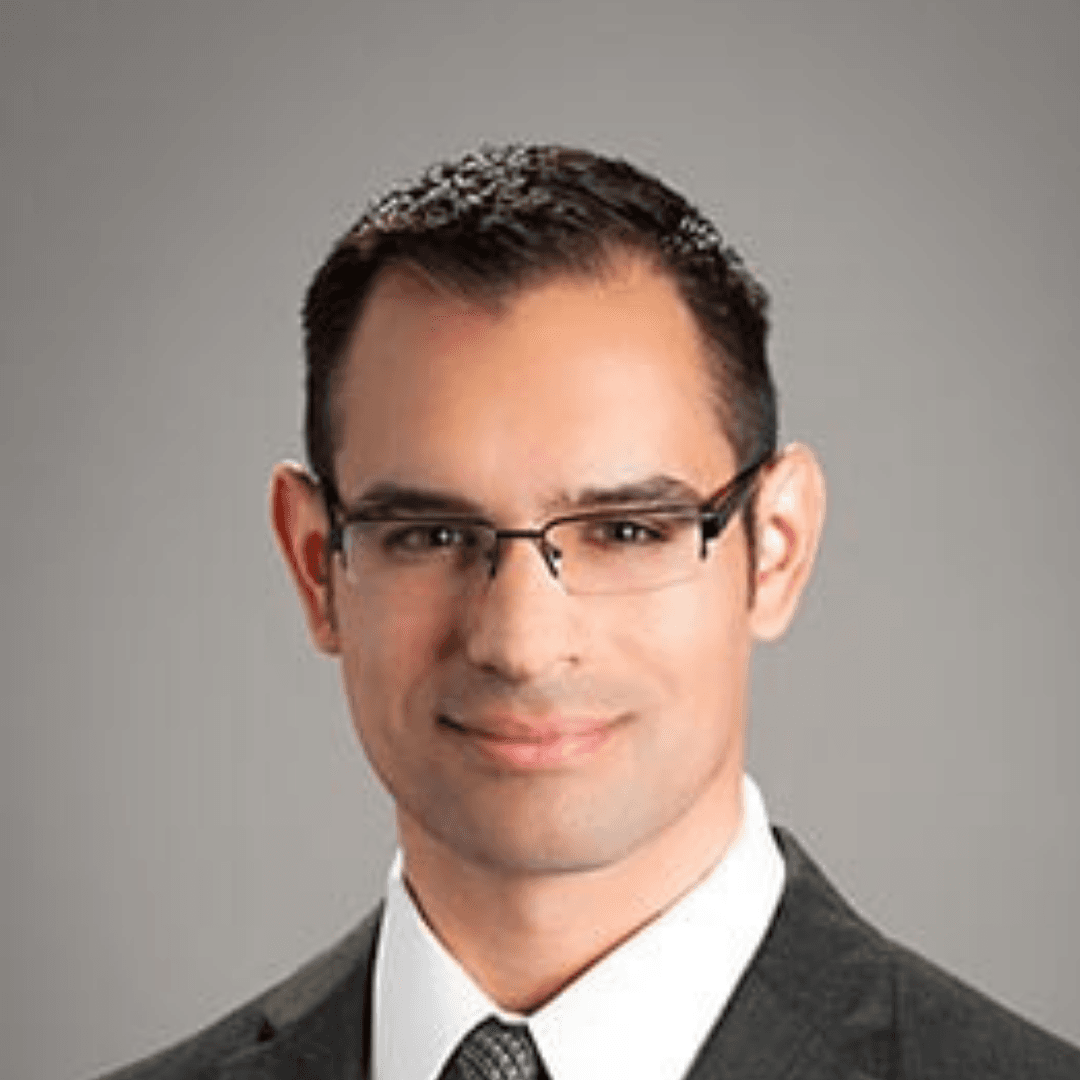In addition to weight loss, continuous positive airway pressure (CPAP) therapy is considered the gold-standard therapy for OSA.[1] CPAP therapy works by creating positive pressure in the airway, preventing it from closing during sleep. A mask is worn over the nose or nose and mouth, which is connected via a hose to a machine that provides continuous positive airflow, preventing the airway from closing while sleeping.[2] Although generally the most effective treatment, people often find CPAP therapy uncomfortable and difficult to adhere to.[3] Oral devices such as mandibular advancement devices (MADs) that alter the position of the jaw while sleeping to help keep the airway open are an alternative treatment for people with mild to moderate sleep apnea who are poor candidates for CPAP or failed to respond to CPAP.[4] The drawback to MADs is that they tend to be less effective than CPAP overall, with one 1 out of 3 patients showing no improvements in their condition.[5]
What are some of the main medical treatments for obstructive sleep apnea?
Written by:
Fact-checked
by:
•Last Updated: May 16, 2025
The main medical treatments for obstructive sleep apnea include continuous positive airway pressure (CPAP) therapy, which is the gold standard, and mandibular advancement devices (MADs) for people who cannot tolerate CPAP. Although CPAP is generally more effective, some people may find it uncomfortable, and MADs may be less effective overall because a significant number of people who use MADs show no improvement.


